Better Call Saul: Every Easter Egg & Reference In The Series Finale
As expected, the Better Call Saul series finale is filled with Breaking Bad callbacks, references, and Easter eggs. Even to those who didn’t really follow Breaking Bad, the spinoff Better Call Saul has proved to be entertaining on its own. That said, every episode in the spinoff – especially the Better Call Saul ending – is doubly rewarding for sharp-eyed viewers of both crime dramas.
Better Call Saul has divided its narrative between flashbacks to Jimmy McGill’s early life, Saul Goodman’s time as Walter White’s consiglieri in Breaking Bad, and Saul’s life as Gene Takavic in 2010. In the finale, these stories collide in gorgeous black and white as Gene finally gets caught and Saul orchestrates one last «scam.» However, unlike his previous scams which were all mostly motivated by Saul’s uncanny ability to hoard wealth, Jimmy’s final manipulation of the legal system is later revealed to have much loftier goals: the death of Saul Goodman and hope of redemption for Jimmy McGill.
The Better Call Saul series finale closes the very last chapter in the story of Jimmy McGill and Kim Wexler – with references not only to the spinoff’s previous episodes, but also to the most crucial moments in Breaking Bad. It can be difficult to get a handle on all the Breaking Bad and Better Call Saul Easter eggs in the last episode, even for audiences who have closely followed both shows. Here’s every callback, Easter egg, and reference that audiences might have missed in Better Call Saul season 6, episode 13 «Saul Gone.»
Cold Open: Better Call Saul Season 5, Episode 8 «Bagman» Flashback
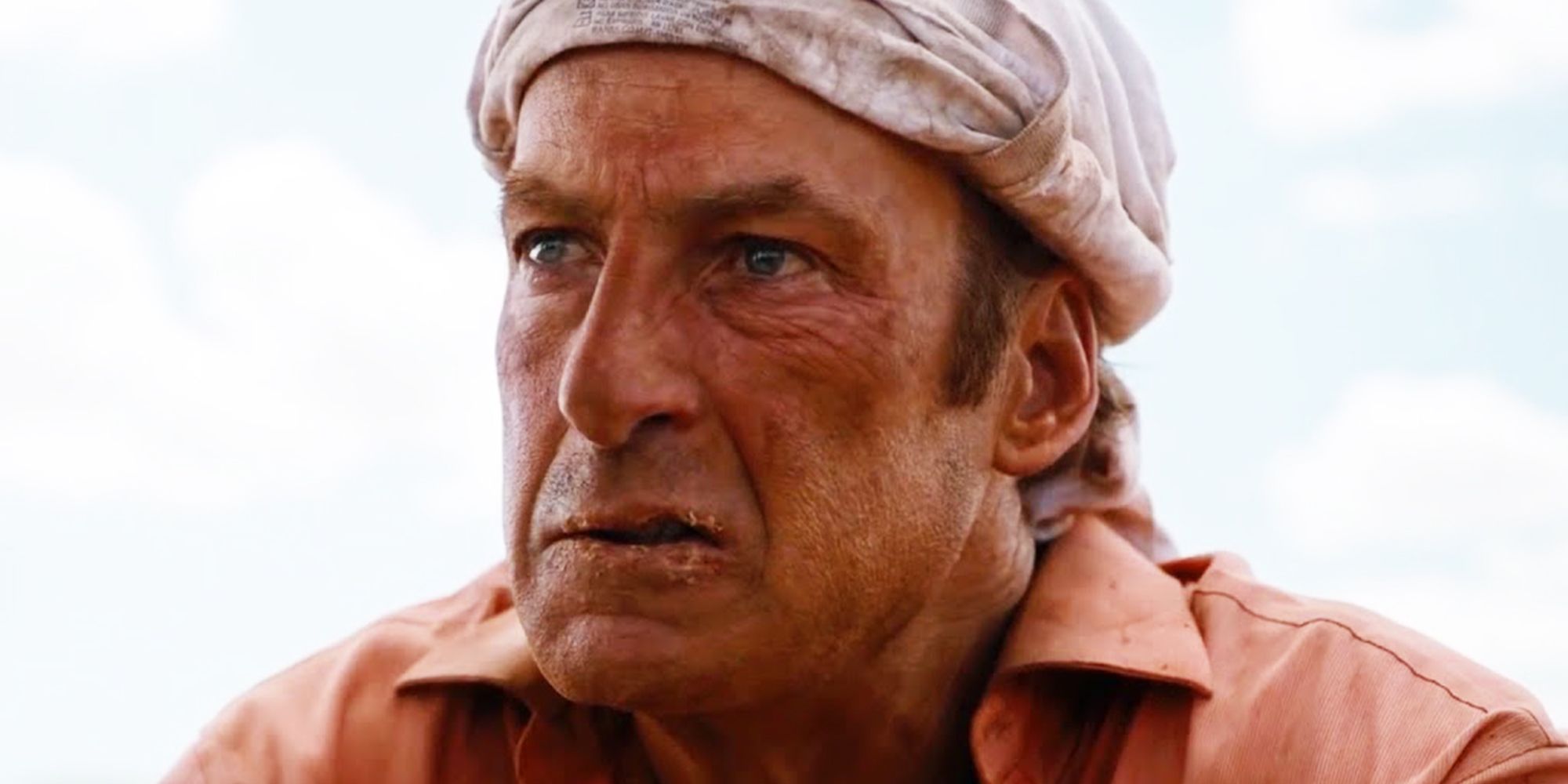
The series finale opens with a flashback to Better Call Saul season 5, episode 8 «Bagman», with several Easter eggs showing up within the first minute. This includes Jimmy McGill’s 1998 Suzuki Esteem which Mike and Jimmy pushed into a ditch in the desert, and Mike’s space blanket which reminded Jimmy of Chuck. There’s also the hundred-dollar bill stuck in a cactus, a reminder of the hole that resulted from Jimmy dragging the heavy bags of money, and a metaphor for Saul’s ill-fated stint as Lalo Salamanca’s bagman. In fact, the flashback also refreshes the viewer’s memory about how Jimmy had to drink his own pee to survive – the price of Lalo’s $100,000 fee for transporting his bail money.
Mike And Jimmy «Doing The Right Thing» In Better Call Saul Season 1
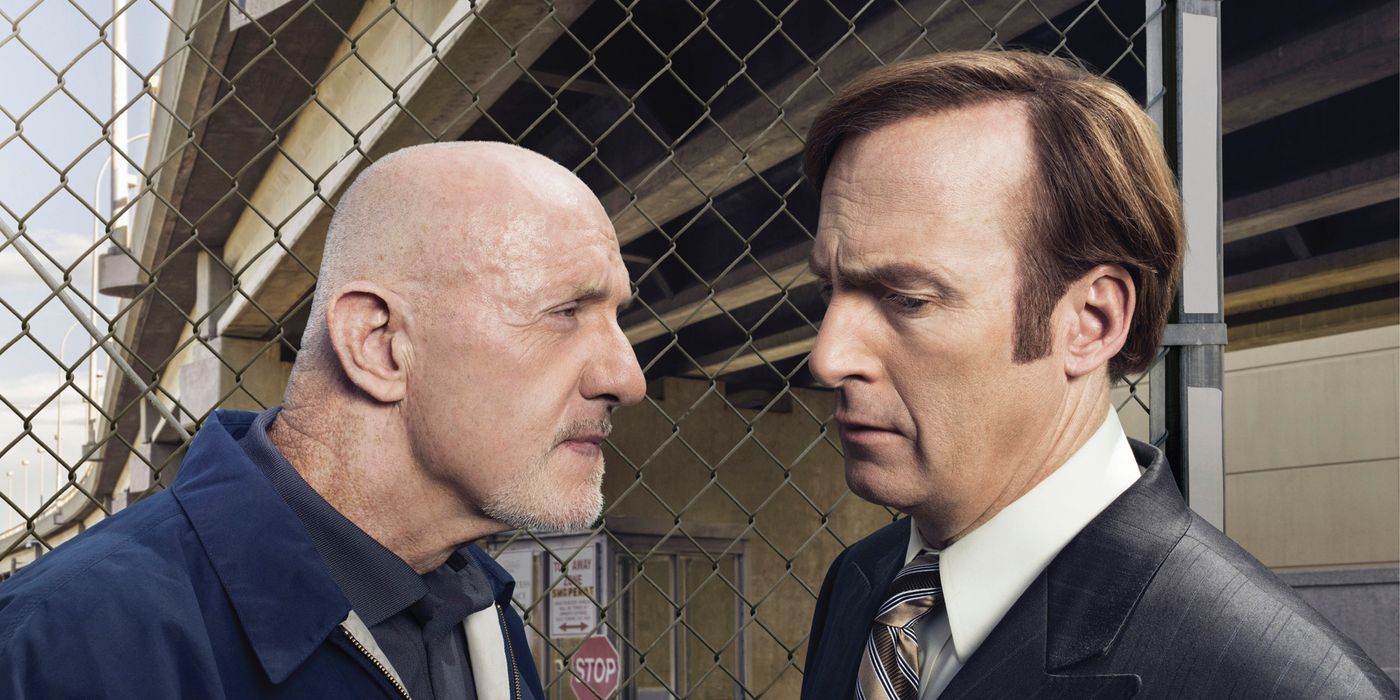
In the desert, when Jimmy ponders splitting Lalo’s $8 million with Mike and just taking off with the money, this is a reference to their conversations in Better Call Saul season 1 regarding Betsy and Craig Kettleman’s embezzled $1.6 million. Back then, Jimmy also pondered taking the money, but instead returned it and even replaced his cut as the Kettleman’s previous lawyer because he wanted to «do the right thing,» which Jimmy swore never to do again. However, as Mike told Jimmy then, Mike didn’t steal the money because it wouldn’t be professional, and as Mike reminded Jimmy during the cold open, being unprofessional in this world means death.
H.G. Wells’ «The Time Machine»
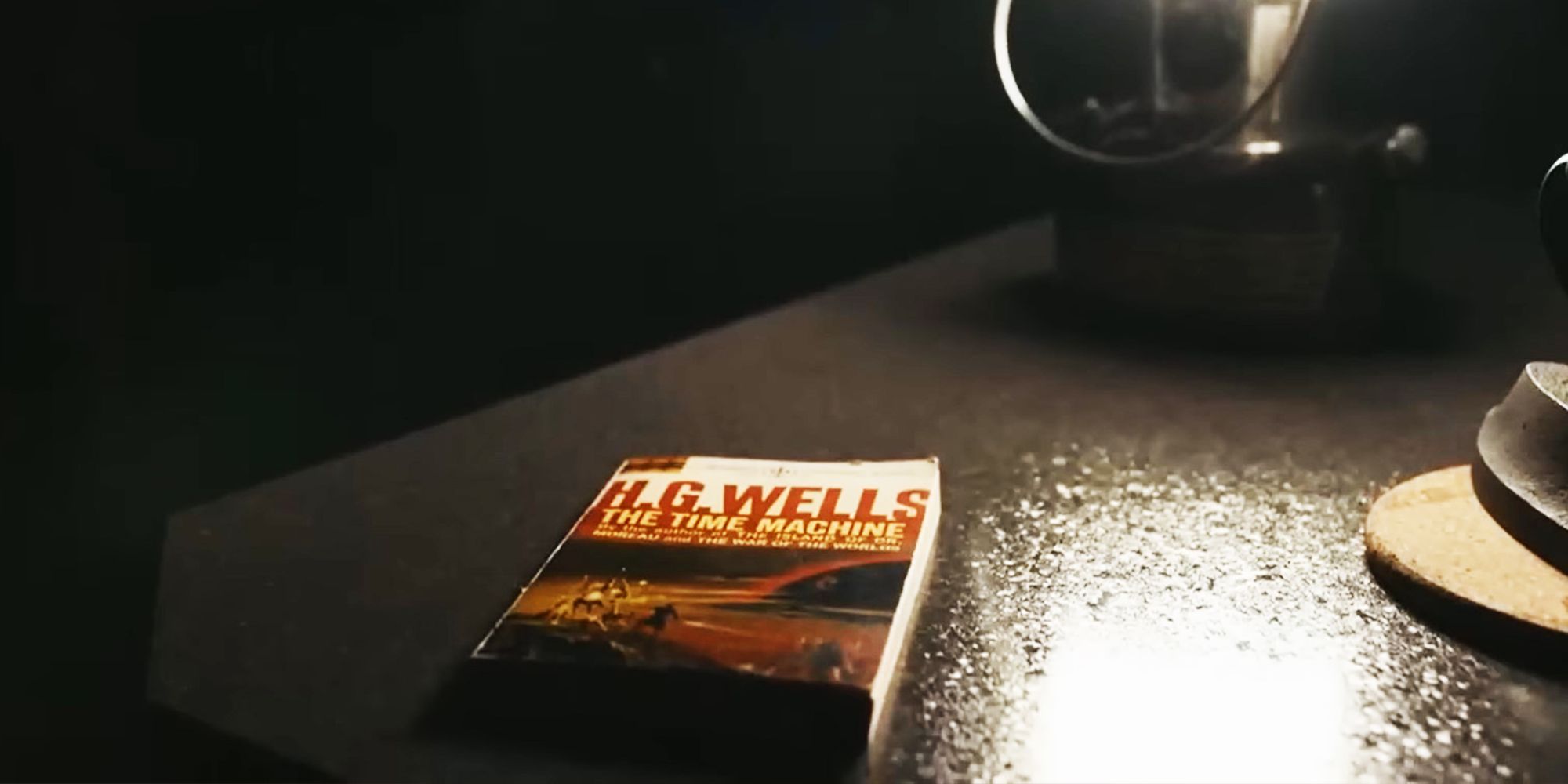
Jimmy repeatedly asks both Mike and Walt about time travel in the finale. Mike reveals that if he had a time machine, he would go back in time to refuse his first bribe, a reference to how his previous life as a dirty copy was what led to his son’s death. Walt answers Jimmy’s time travel inquiry more bitterly, but also exposes what Jimmy is really asking about: regrets. Later, during Chuck and Jimmy’s Better Call Saul pre-pilot flashback, where Jimmy insists on bringing Chuck ice, groceries, and potentially a copy of the Financial Times every day, Chuck grabs a copy of H.G. Wells’ «The Time Machine» after Jimmy leaves – finally explaining Jimmy’s recurring time travel question. Like Better Call Saul, «The Time Machine» heavily relies on symbolism and also explores the worst aspects of human evolution.
Warren Buffet’s Berkshire Hathaway
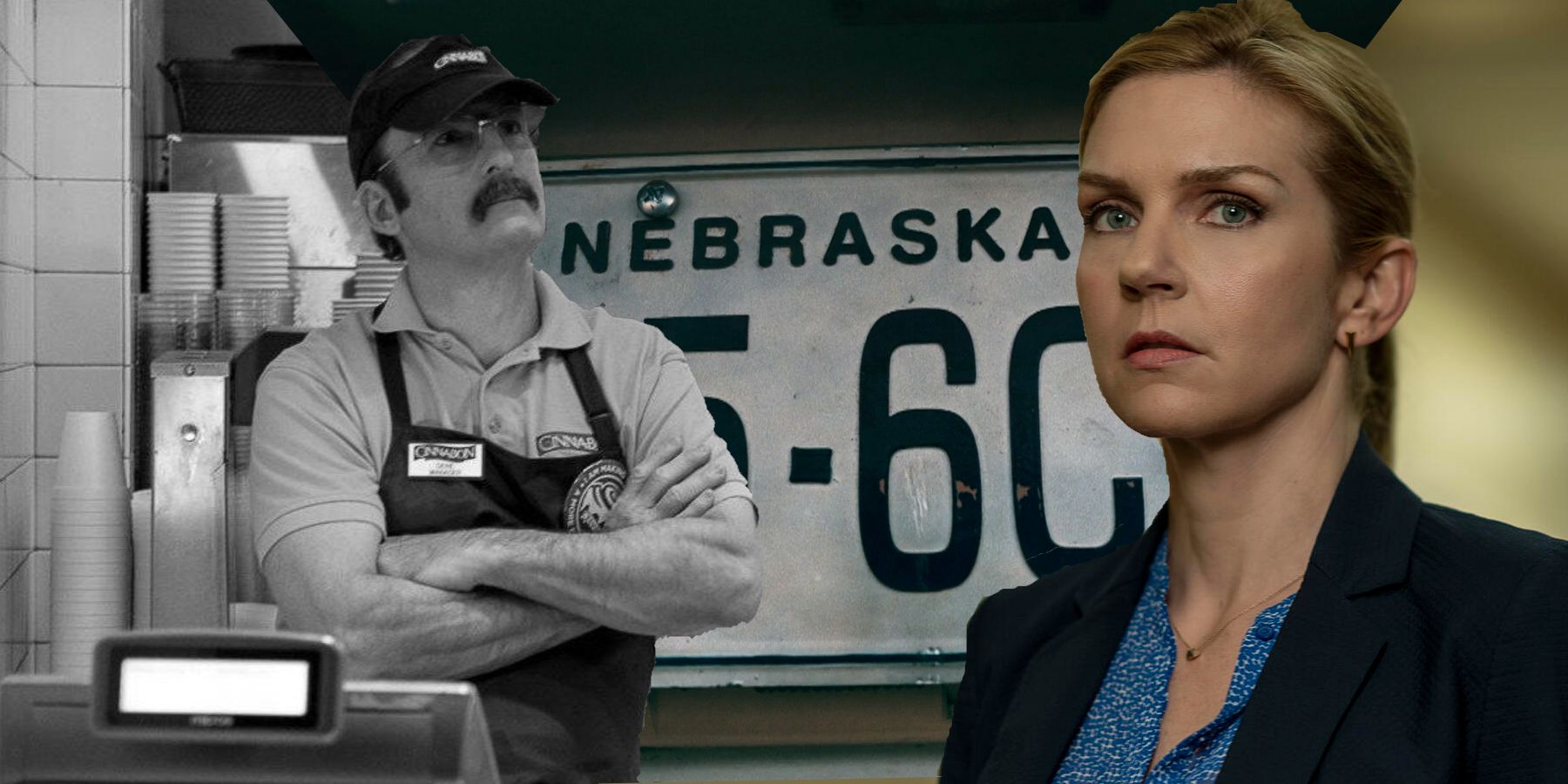
When Mike returns the time travel question to Jimmy during the cold open, Jimmy says that he would travel back to 1965, the year Warren Buffet took over Berkshire Hathaway, which would turn Jimmy into a «trillionaire» in 2010. This company is headquartered in Nebraska – the setting for Better Call Saul’s Gene Takavic story. Warren Buffet is also synonymous with what Jimmy has become as Saul Goodman.
Jeff’s Albuquerque Isotope Air Freshener & Cinnabon Mixer
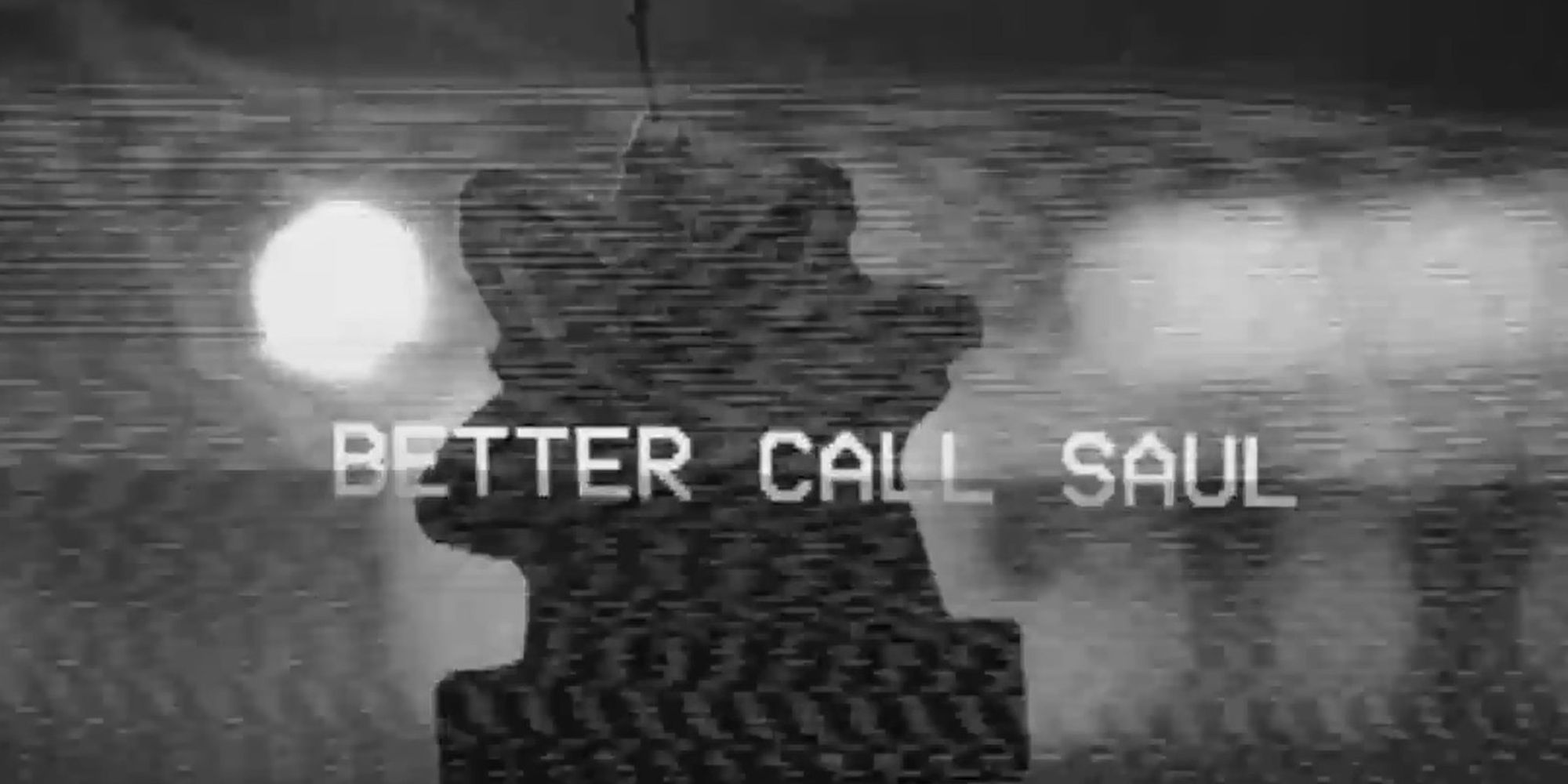
Better Call Saul’s finale title sequence shows both Jeff the cabbie’s Albuquerque Isotope air freshener, and a quick glimpse of an automated dough mixer. What looks like the mixer at Gene’s Cinnabon branch could also be the mixer at the prison kitchen where Jimmy continues his stint as a baker, foreshadowing the finale’s very last moments. Meanwhile, the shot of the air freshener foreshadowed how Gene would be extradited back to Albuquerque for his trial.
Flip-N-Call Cellphones From Better Call Saul Season 4

The Flip-N-Call cellphone Gene grabs from his cabinet is a Better Call Saul season 4 Easter egg. Back in season 4, Jimmy grieved much more than he did during Chuck’s death in Better Call Saul season 3 when he found out that his first eldercare client Geraldine had died. It was also the $5,000 inheritance that Geraldine left Jimmy which allowed him to purchase prepaid cellphones for street resale, the same cellphones he would later use to build his client base as Saul Goodman. In a brilliant moment of poetic justice, trying to open the Flip-N-Call’s stubborn plastic packaging is finally what gets Gene caught hiding in a dumpster.
Gene Takavic Finally Goes Dumpster Diving
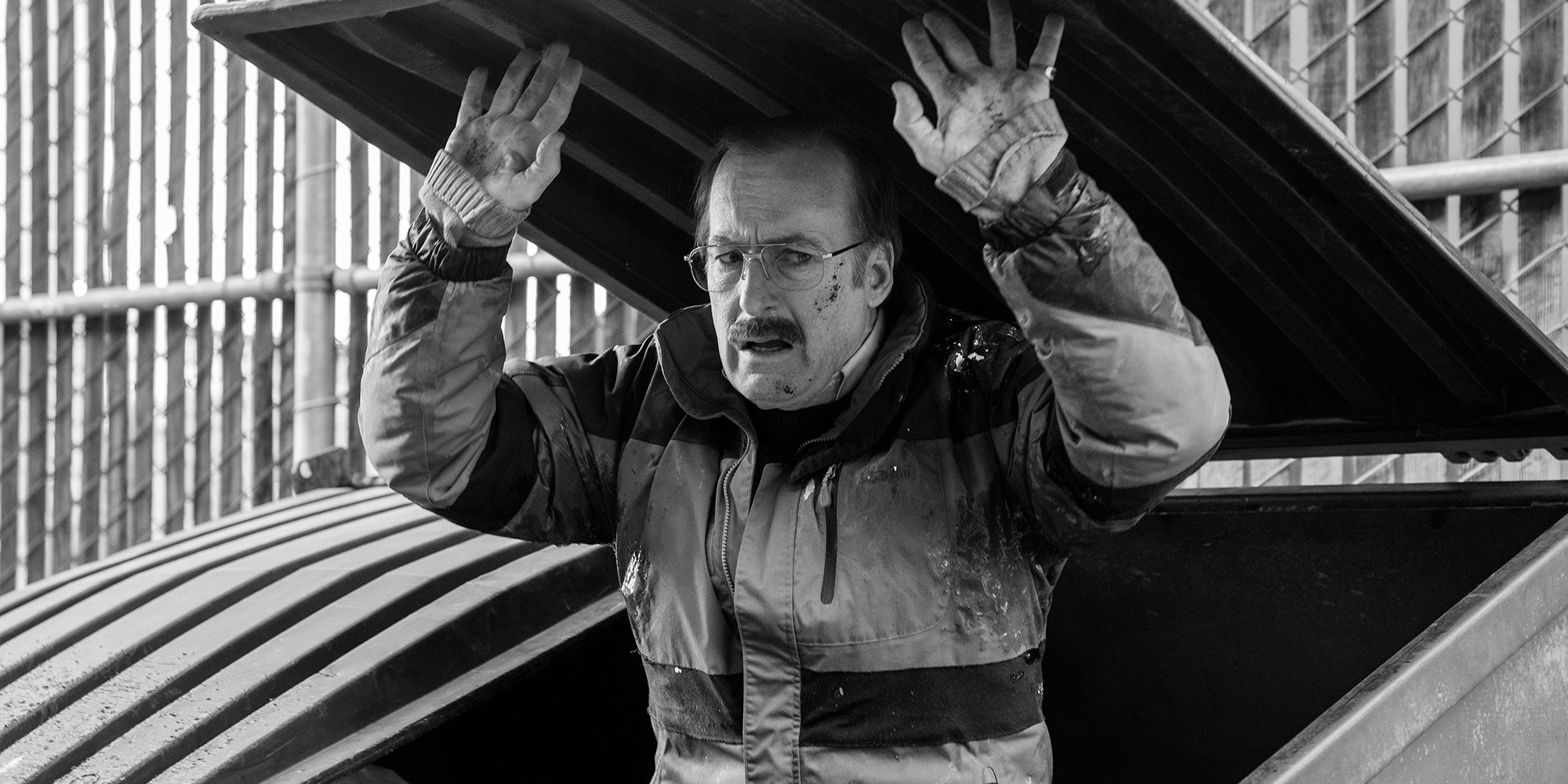
Though Jimmy has done it before, this is the first time Gene dives into a dumpster. Jimmy first entered a dumpster in Better Call Saul season 1, when he was looking for shredded evidence for the Sandpiper case. This is also a reference to the Better Call Saul season 6 premiere episode «Wine and Roses,» which notably didn’t feature Gene at all. In the cold open for «Wine and Roses,» police were seizing Saul Goodman’s properties, with one cop disposing of a life-sized cardboard cutout of Saul into the dumpster – foreshadowing Gene’s trashy fate.
Better Call Saul’s Best Quality Vacuum Repair Card: Ed «The Disappearer»
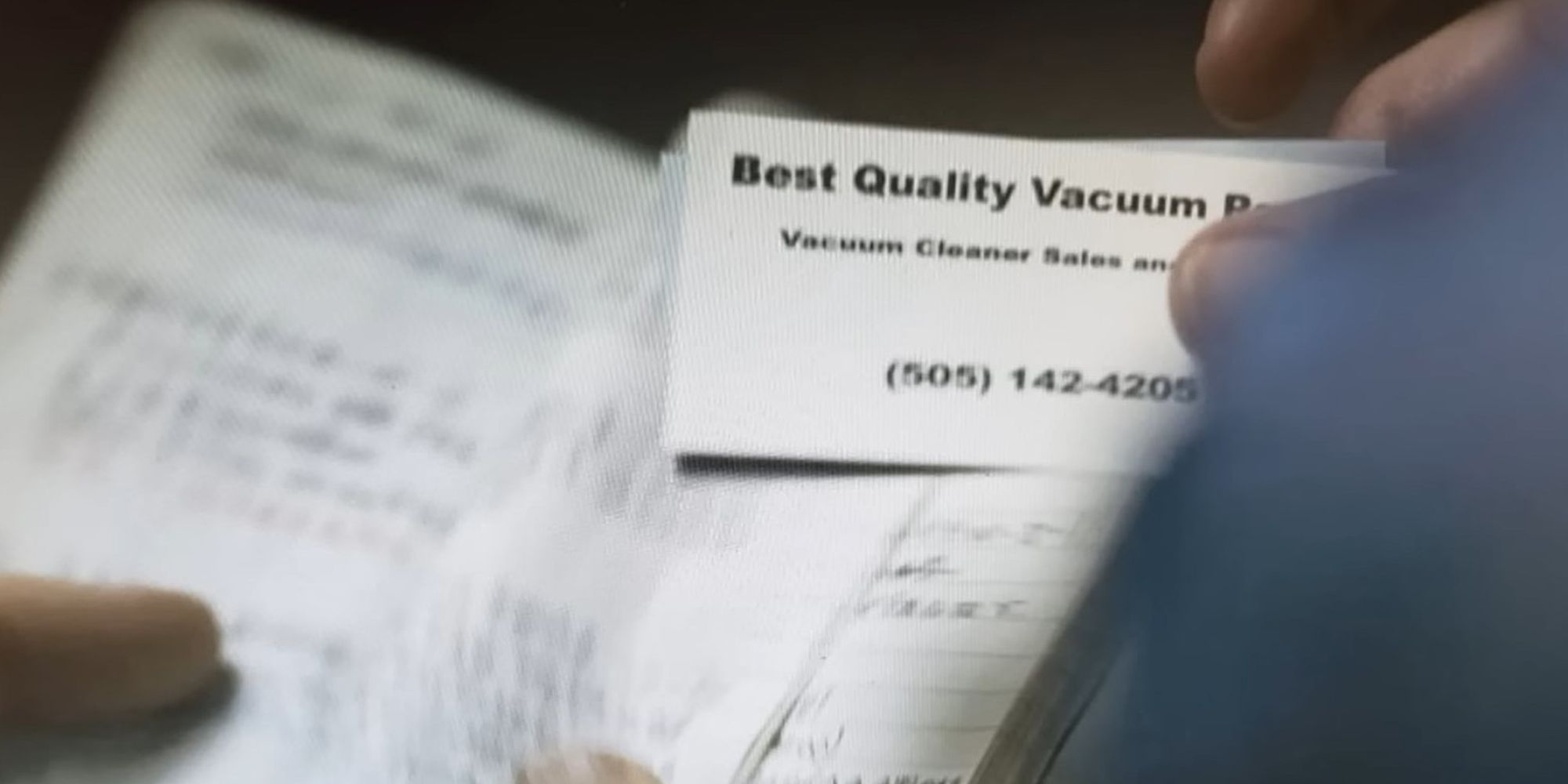
In the dumpster, Gene pulls out a calling card that reads «Best Quality Vacuum Repair,» which is a reference to Ed Galbraith, «The Disappearer.» Written behind the card is the phrase «Hoover Max Extract Pressure-Pro Model 60,» which is Ed’s code for a specific package in his services. This is the same card Jimmy uses to contact the Disappearer in Better Call Saul season 4’s flash forward to Breaking Bad’s «Ozymandias» episode. Apart from Saul, Ed has also rendered his services for both Walter White and Jessie Pinkman. In Better Call Saul season 6, Saul Goodman’s veterinarian Dr. Caldera was revealed to be the source of Ed’s calling card, which was just one of the many contacts inside Caldera’s encrypted black book of criminals. That book, which Jimmy used to become Albuquerque’s next top criminal liaison following Caldera’s exit from the underworld, ended up in police custody – as seen in the season 6 premiere.
Jimmy’s First Calls From Jail: Cinnabon And Bill Oakley

Apart from being a reference to Gene’s time as the manager at Cinnabon, this is the first real clue that Jimmy wasn’t just pulling another scam during the finale. Before even thinking to call his former rival Bill Oakley to represent him as co-counsel, Jimmy’s first call from jail is to Krista in Cinnabon – making sure she covers Gene’s duties and informing her that they’ll need a new manager. Indeed, Cinnabon manager Gene Takavic wasn’t just a cover story for Jimmy – he took it seriously to help minimize the impact of his criminal activities on other people. The Better Call Saul finale later reveals that this was the same purpose of Saul Goodman’s last court testimony. Moreover, though it seemed at first that Jimmy was getting Bill into trouble by having him represent Saul in court, Jimmy’s historic plea agreement really did put Bill Oakley «on the map,» and could be good for his legal career.
Better Call Saul Commercial From Breaking Bad Season 2
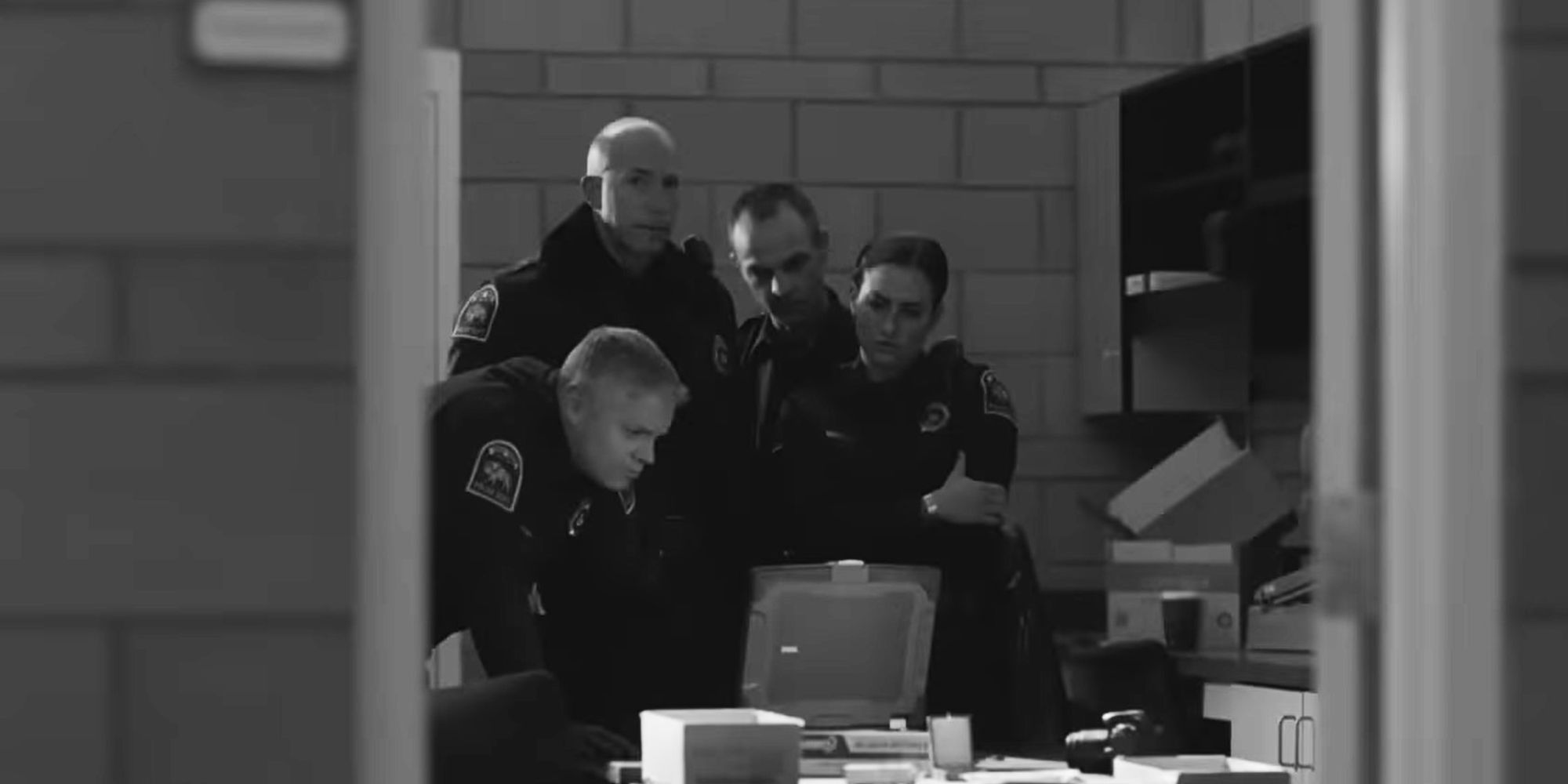
At the police station where Gene was held, police officers watch one of Saul’s television ads. Though the camera never shows what the cops saw, the audio from the ad confirms that it was the «Better Call Saul» ad that played inside Jessie’s house in Breaking Bad season 2. This confirms to Gene that the cops there already know Gene’s true identity as Saul Goodman.
Gene’s Jail Cell Transformation To Saul Goodman
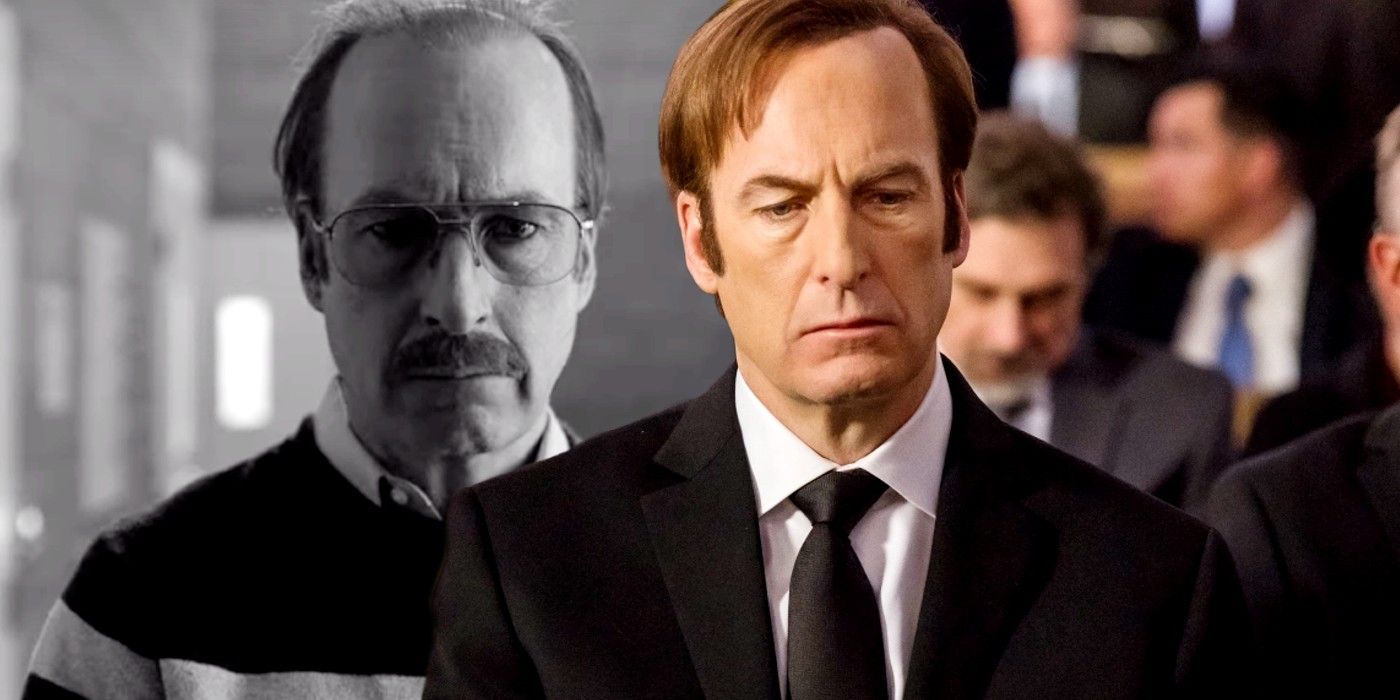
Alone in his jail cell, the first thing Gene does is panic and hit the door in frustration – until he sees a phrase scrawled on the wall that reads «MY LAWYR WILL REAM UR A**,» which causes Gene to start laughing, followed by Saul finally calling Bill Oakley. Gene hitting the wall is a reference to Jimmy kicking the trashcan at the basement of the HHM office, and when Gene kicked and shattered the phone booth glass after he called Kim – only this time, Gene finally hurts himself. The phrase scrawled on the wall reminded Gene of the time he got stuck inside the dumpster room at the mall, where he scratched «SG WAS HERE» on the wall there. This is essentially what turns Gene the manager back into the lawyer Saul Goodman. Saul’s laugh is also reminiscent of Walter White’s unsettling breakdown in Breaking Bad‘s intense «Crawl Space» episode.
Every Crime Saul Goodman Was Charged With
.jpg)
Losing Gene’s glasses and mustache, Saul Goodman is back, and after seeing Marie Schrader present in the building on his way to his meeting with state lawyers, audiences get a rundown of Saul’s rap sheet: a RICO case with 27 predicate violations. What follows is a synopsis of Saul’s Breaking Bad tenure. Apart from conspiracy to manufacture and distribute controlled substances, this includes 8 counts of money laundering and being an accessory to multiple murders including Hank Schrader and Steven Gomez. This boils down to a 190 year-sentence, but the lead prosecutor is willing to serve Saul only 30 years for his cooperation. Saul then summons Marie Schrader into the room and uses her to intimidate state lawyers into cutting Saul a 7 and a half-year deal instead. Apart from referencing the entire plot of Breaking Bad, Saul did all this to secure Jimmy and Kim’s final bittersweet moments.
Why Saul Really Wanted Blue Bell Mint Chocolate Chip Ice Cream
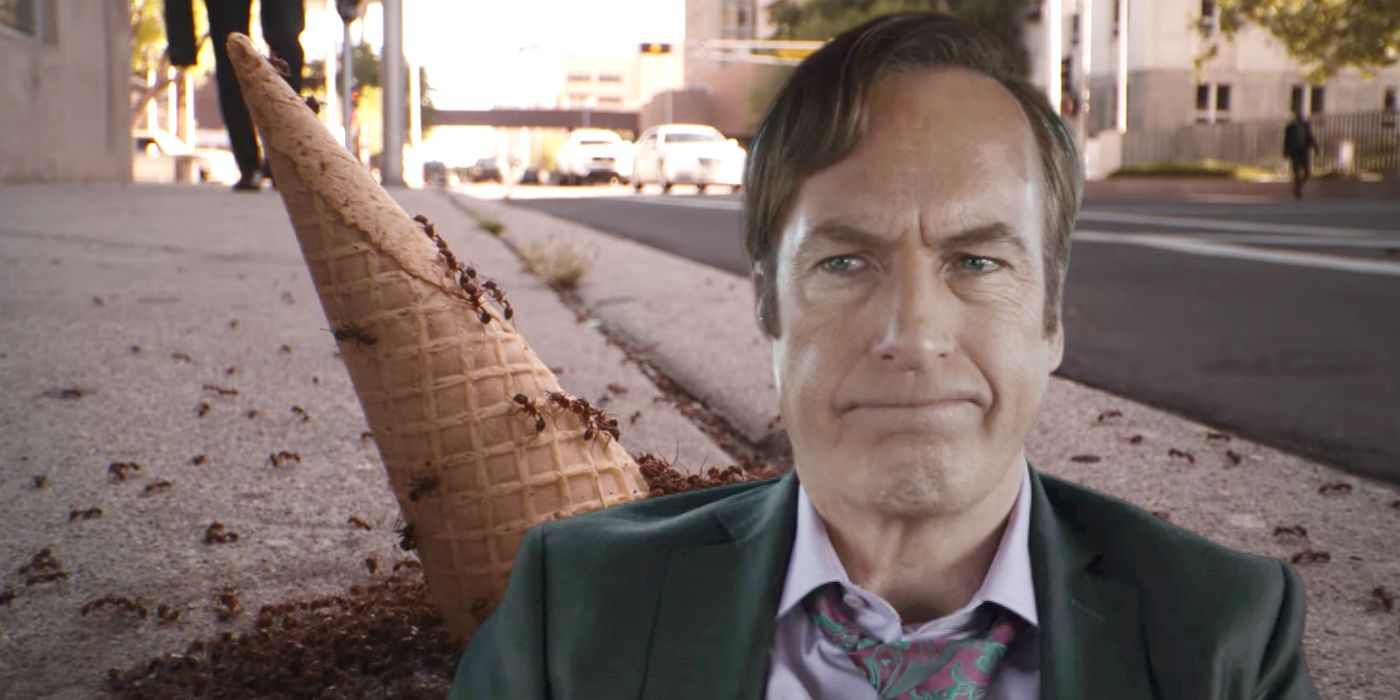
The ice cream flavor that Saul wanted to get delivered to his prison cell on a weekly basis appeared throughout Better Call Saul season 5. It debuted in season 5’s first episode «Magic Man,» with Saul scooping mint chocolate chip ice cream into a bowl as Kim listens to Saul’s next big plans. The same flavor appears again in the next episode, «50% Off,» in which Saul enjoys a cone of mint choco chip until he gets picked up by Nacho, who insisted that he drop the cone instead of making a mess in Nacho’s car. In the following episode, «The Guy For This,» Jimmy sees the ice cream still on the sidewalk, covered with ants. In the last episode of Better Call Saul season 5, Jimmy gets Kim to scoop the mint chip into her bowl instead of his. What’s the real meaning of Better Call Saul‘s ice cream? In the show, mint chocolate chip ice cream represents «the game.» Saul uses the ice cream to make his plea more ridiculous and eventually to get Kim to show up at his trial. After Jimmy’s plea bargain deals and final testimony, ice cream is never mentioned again, implying that Jimmy is sincere about getting out of the game for good.
Every Easter Egg In Walter White’s Better Call Saul Finale Cameo
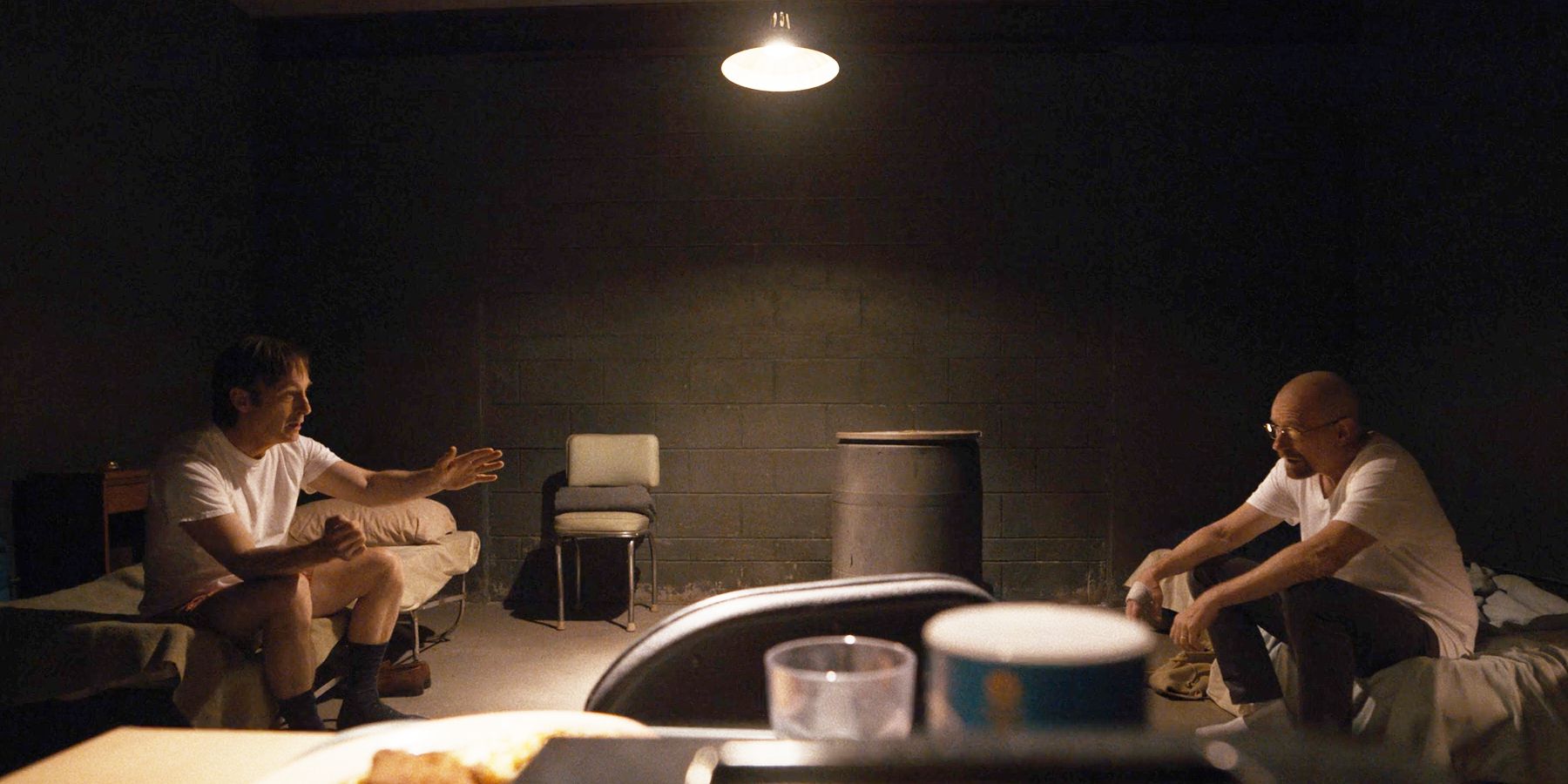
Walt and Jimmy’s flashback scene is set during Breaking Bad’s penultimate episode, «Granite State,» Saul Goodman’s last appearance in the original series – inside Ed the Disappearer’s bunker. Apart from being another Easter egg that references time travel, Walt’s answer to Saul’s time travel question leads him to figure out that Saul was really asking about regrets, which leads Walt to immediately look at the Monaco watch that Jessie gave him. Though Walt claims that his biggest regret was losing the company he co-founded – Breaking Bad season 1’s Gray Matter Technologies – Walt’s Better Call Saul finale cameo ultimately reveals that Walt’s actual biggest regret is how things went down with Jessie. Moreover, Walt trying to fix the heater in Ed’s bunker is a reference to how Walt started fixing things in his own house in Breaking Bad as a way of empowering himself after getting emasculated by Hank – he must have felt the same way while stuck in that bunker after getting exposed as Heisenberg.
Wayfarer Airlines From Breaking Bad Season 2
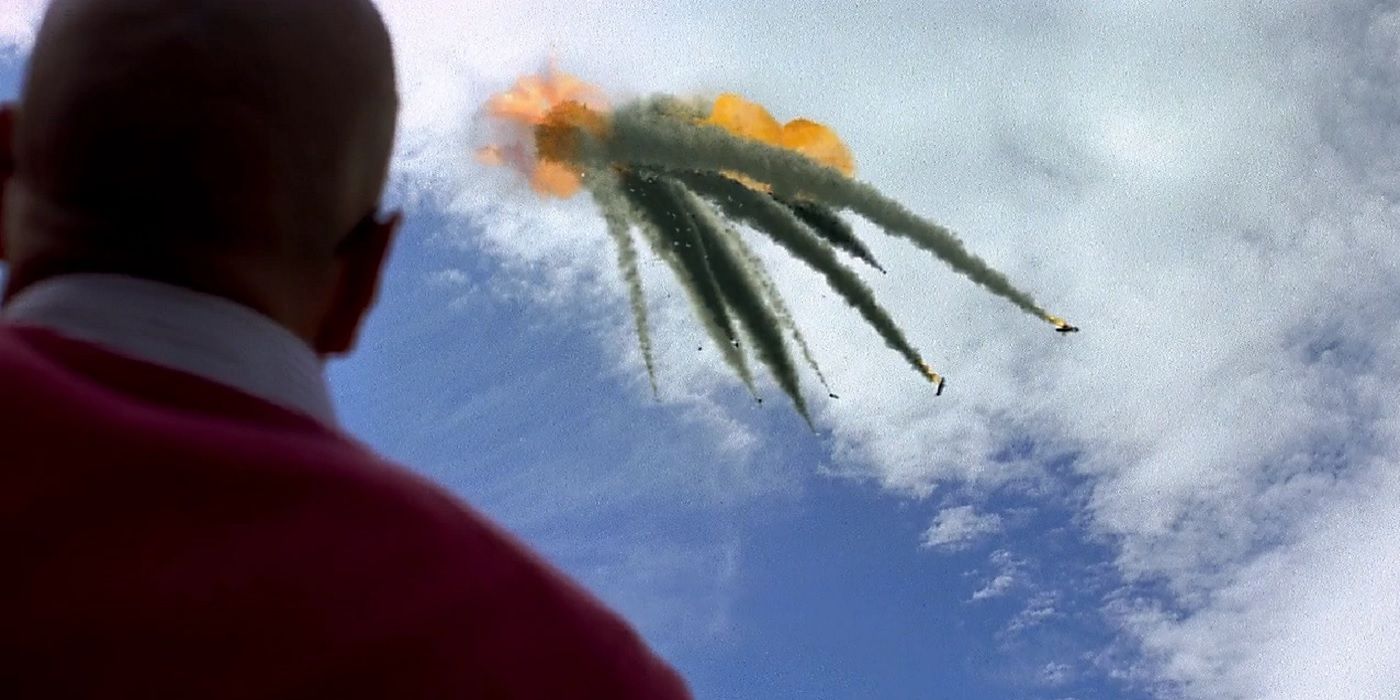
On the way back to Albuquerque for his trial, Saul and Bill Oakley board a Wayfarer airlines plane – this is the same airline whose plane crashes into another during the Breaking Bad season 2 finale. In the plane, Saul tells Bill how they can use Kim’s testimony regarding Howard’s death to get the state lawyers to include the mint chocolate chip ice cream into his already sweet deal. This foreshadowed how Saul Goodman’s plea agreement was always meant to crash and burn – to be replaced by Jimmy McGill’s final courtroom testimony/confession.
Kim Wexler Going Pro Bono In Better Call Saul Season 4
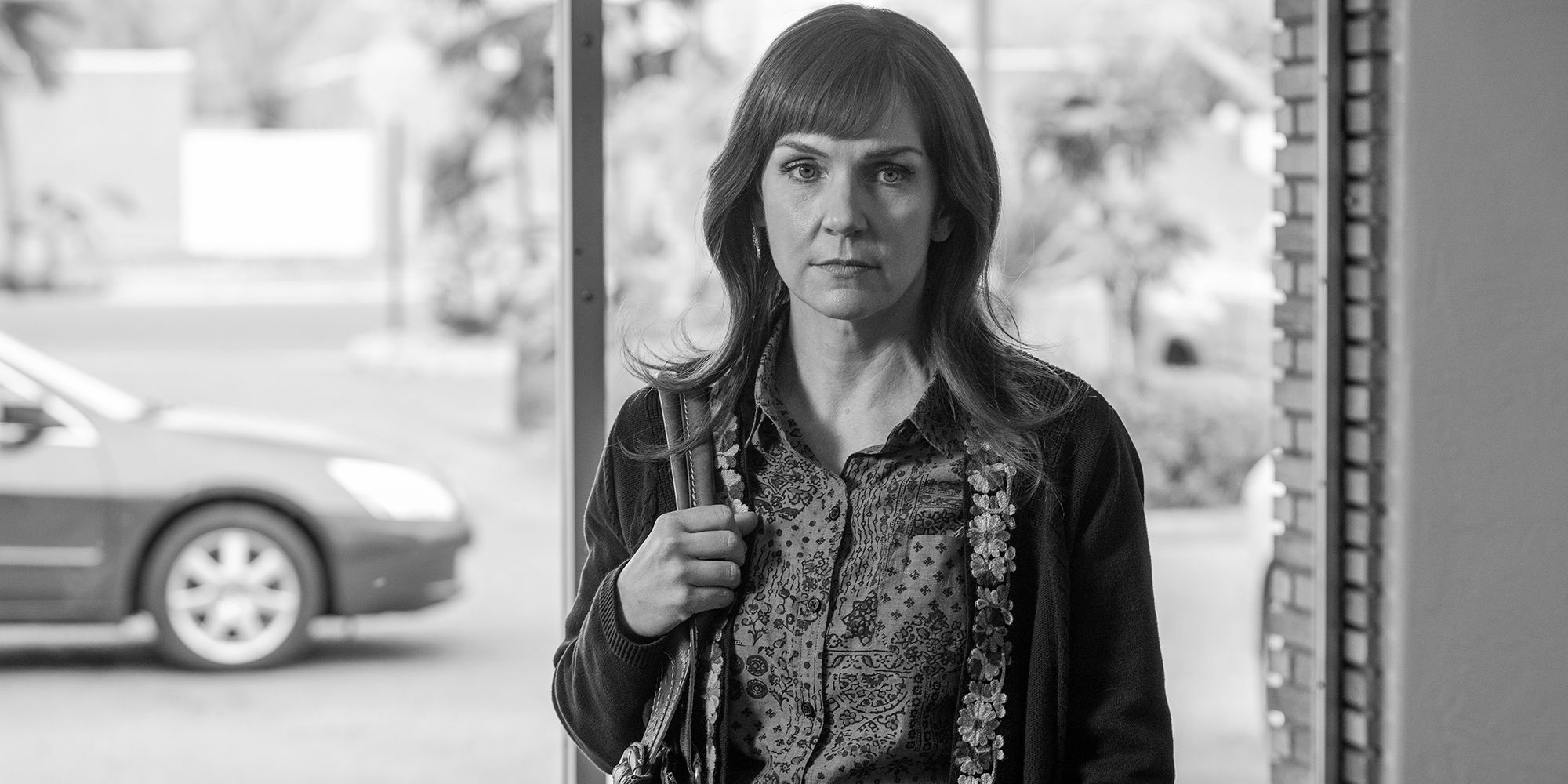
After the airplane scene, Kim Wexler is seen taking off early from work to volunteer at the local center for free legal services at her city in Florida, which is a reference to Kim taking on pro bono clients as a form of stress relief in Better Call Saul season 4. In the finale, Kim needed it to calm herself down from having just confessed to Howard Hamlin’s widow about her involvement in Howard’s death. Kim also clearly just missed working as a lawyer, her true calling in life.
Every Easter Egg During Jimmy’s Courtroom Testimony
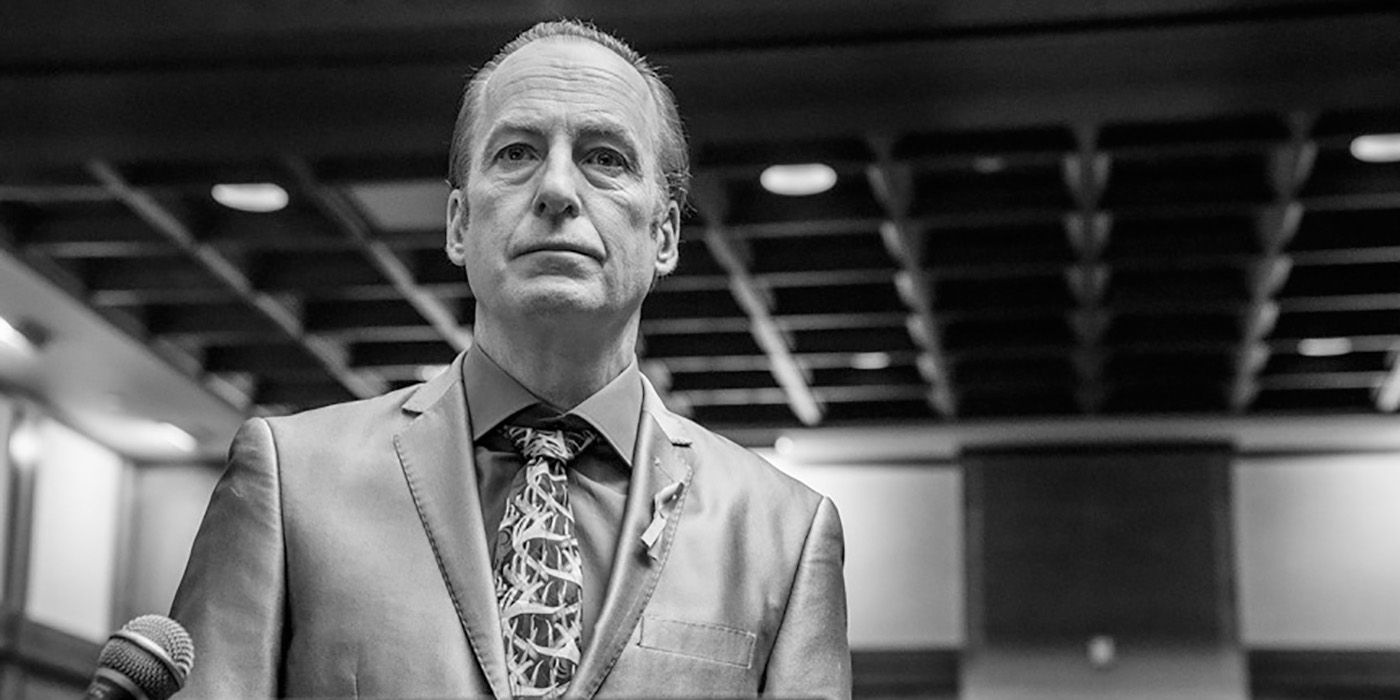
Jimmy saying «It’s showtime» softly to himself before the proceedings references how he would always say this to the bathroom mirror at the Albuquerque courtroom before representing someone on trial. When Jimmy finally reveals that his final testimony is actually a confession, he references Walt’s return in Better Call Saul season 6, episode 11 «Breaking Bad,» where Jimmy tells Mike the same thing he tells everyone present at his trial: that Walt would have been in prison or dead if it wasn’t for Saul Goodman. Moreover, when Jimmy confesses to how he caused Chuck’s legal insurance premiums to go up and ultimately pushed Chuck to commit suicide in Better Call Saul season 3, the exit sign in the scene is a reference to the exit sign seen above Chuck after his «Chicanery» outburst. The way Jimmy lied to get Chuck’s ex-wife Rebecca to appear in court during that episode was also mirrored by how Jimmy lied to get Kim to witness his confession and plea for redemption.
Every Easter Egg During Chuck McGill’s Better Call Saul Finale Cameo
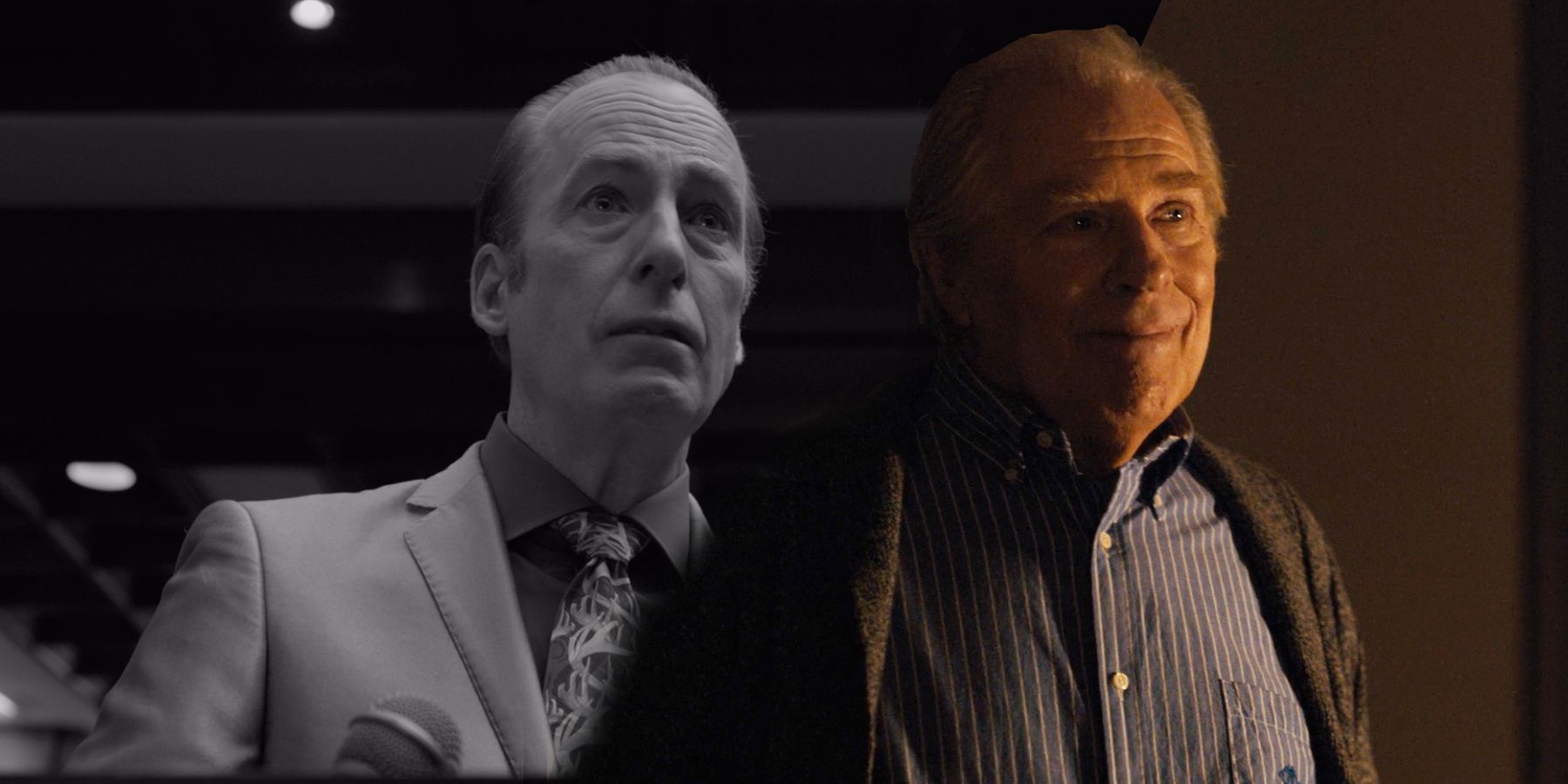
As Chuck’s cameo in the series finale is a prologue to the Better Call Saul pilot episode, it contains many Easter eggs from the earliest parts of the show. This flashback also reminds viewers that, even though Chuck was right about Jimmy all along, Chuck also underappreciated Jimmy’s attempts at being the best brother he could be. Jimmy bringing Chuck Fuji apples is a reference to the Better Call Saul season 1 finale, where Jimmy tells Ernesto to make sure he gets Fuji apples for Chuck, a task Ernesto fails to do in season 2. Chuck hoping that Jimmy didn’t just steal the ice from a motel is a reference to how Chuck always knew exactly what was in Jimmy’s mind, as Jimmy admits stealing the ice to Howard in the Better Call Saul season 1 finale.
Meanwhile, when Chuck tells Jimmy that he can hire someone to do the groceries and Jimmy insists on doing it himself simply because they are brothers, this is a reference to when Jimmy finally stopped doing the groceries for Chuck. Indeed, every Easter egg in Chuck’s finale cameo makes Chuck’s posthumous letter to Jimmy sting even more. Jimmy even hopes that the newsstand will have a copy of Financial Times for Chuck soon, which finally happened in the pilot. The Financial Times is also what Jimmy hides from Chuck in a later season 1 episode, in an attempt to prevent Chuck from finding out about his billboard stunt, which is what causes Chuck to first venture outside his home and eventually get tased by the cops. Moreover, when Jimmy talks about one of his clients getting caught «waving the weenie,» this is a reference to the many public masturbators that Jimmy/Saul has had to defend throughout his legal career. Lastly, after Jimmy leaves, Chuck picks up a copy of H.G. Wells’ «The Time Machine» – referencing and explaining Jimmy’s insistence on discussing time travel in the finale.
Why The Prisoners Chant «Better Call Saul» In The Bus
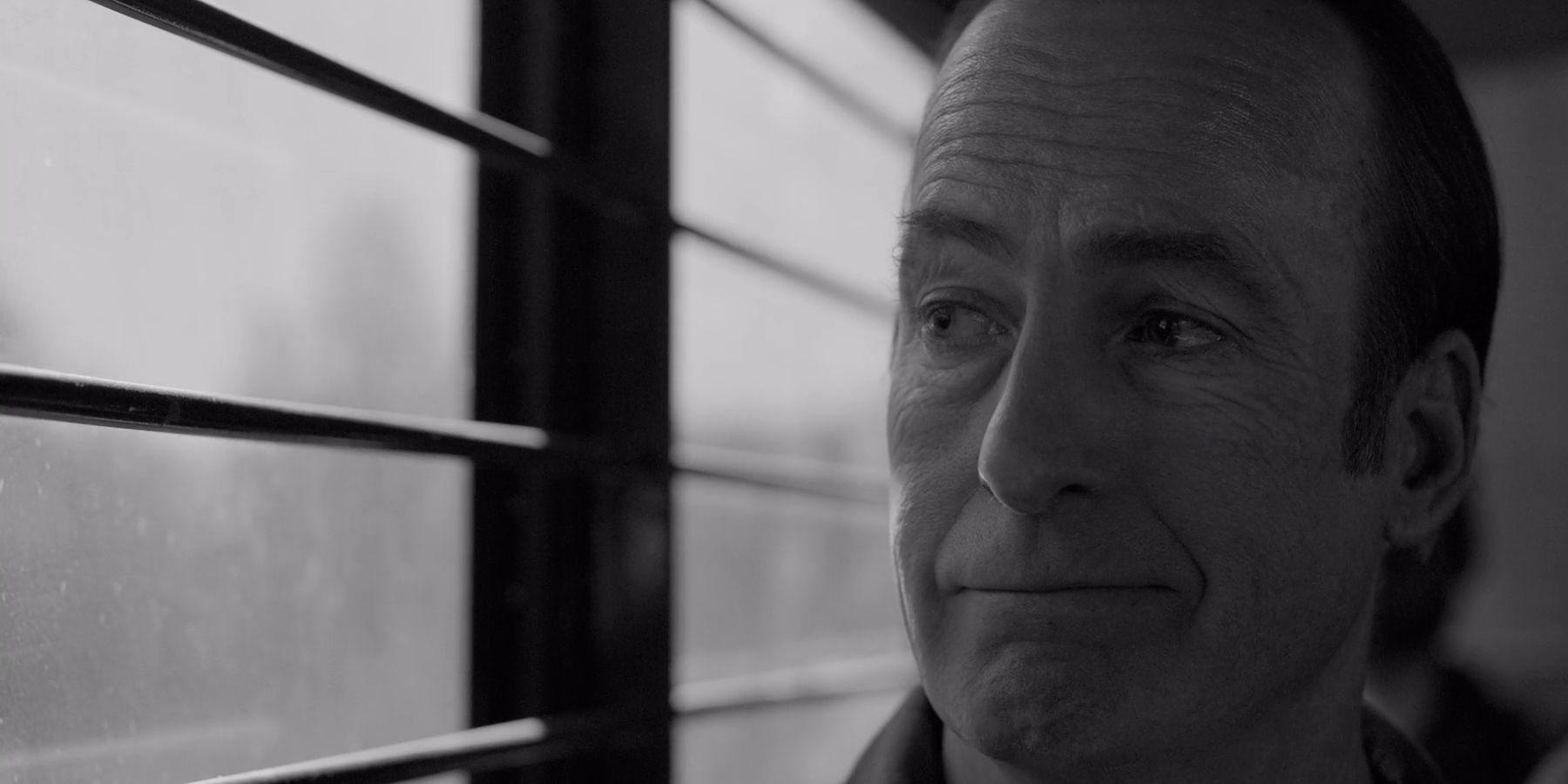
The prisoners chanting «Better Call Saul» inside the bus that takes Jimmy to prison is a reference to the many criminals that Saul Goodman has helped over the years. Though it seemed that Jimmy was headed for a dark fate in prison, this actually makes him smile, as it shows that the street cred that Saul has built over the years could make his time in prison easier. It’s a bittersweet ending, as Jimmy’s 86-year sentence likely means that he will die in prison of old age.
Cinnabon/Prison Dough Mixer, Jimmy And Kim’s Last Cigarette, And Jimmy’s Finger Guns
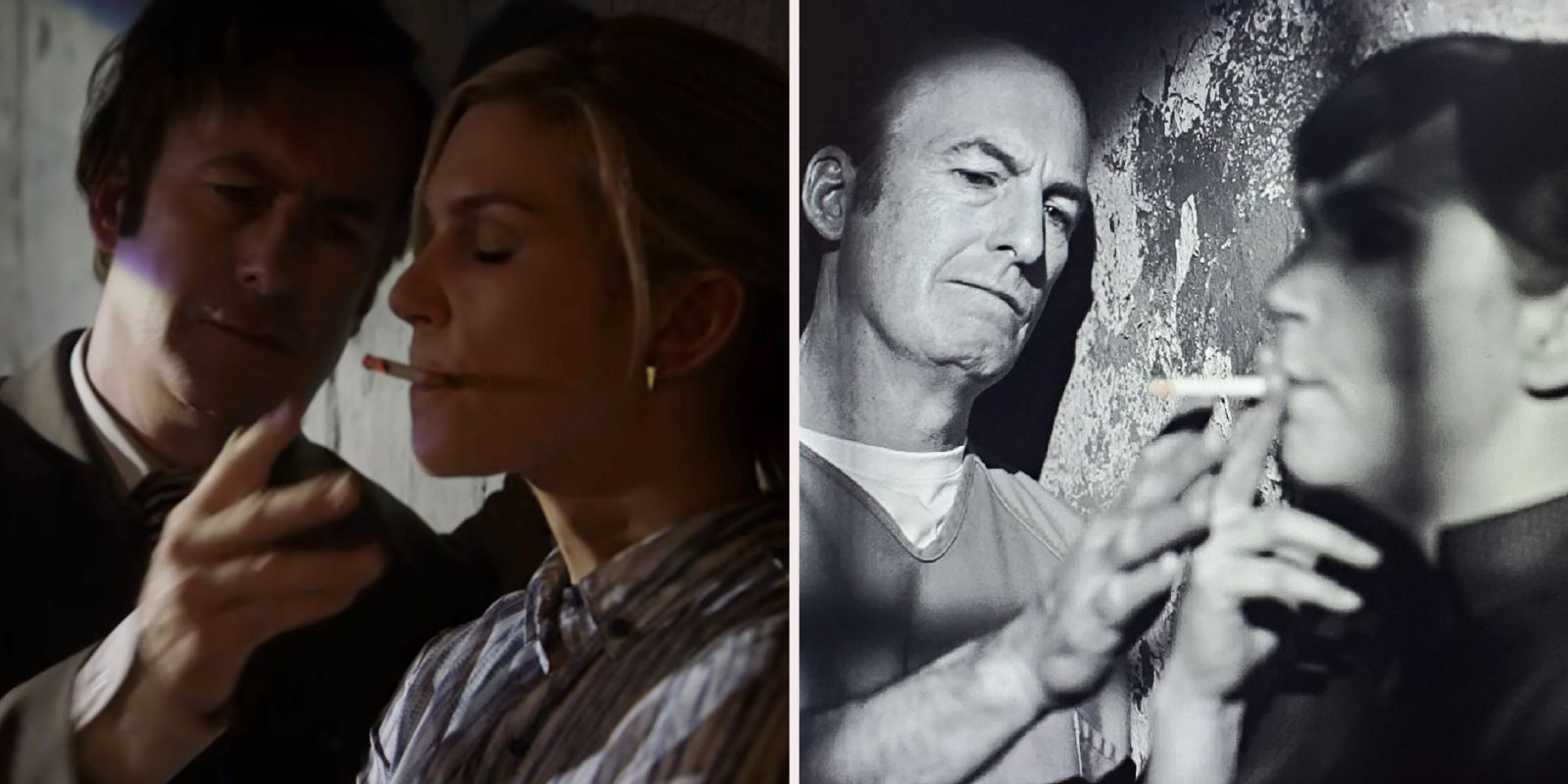
Better Call Saul ends with Jimmy working in the prison bakery, which is of course a reference to his tenure as Cinnabon’s Gene Takavic. Meanwhile, the scene where Jimmy and Kim share a last cigarette is not only shot identically to their many previous smoking scenes – beginning in the Better Call Saul pilot – but is also scored with the same music and sounds. As for why Jimmy throws finger guns to Kim in the very last scene of the Better Call Saul series finale, this is a reference to Kim throwing finger guns at Jimmy during the season 5 finale, which itself was a reference to the season 4 finale when Jimmy first threw finger guns at Kim. Curiously, in an alternate ending to this final scene, Kim shoots back at Jimmy before leaving the prison, but showrunners decided against it to prevent implying that Kim might get back in the game.